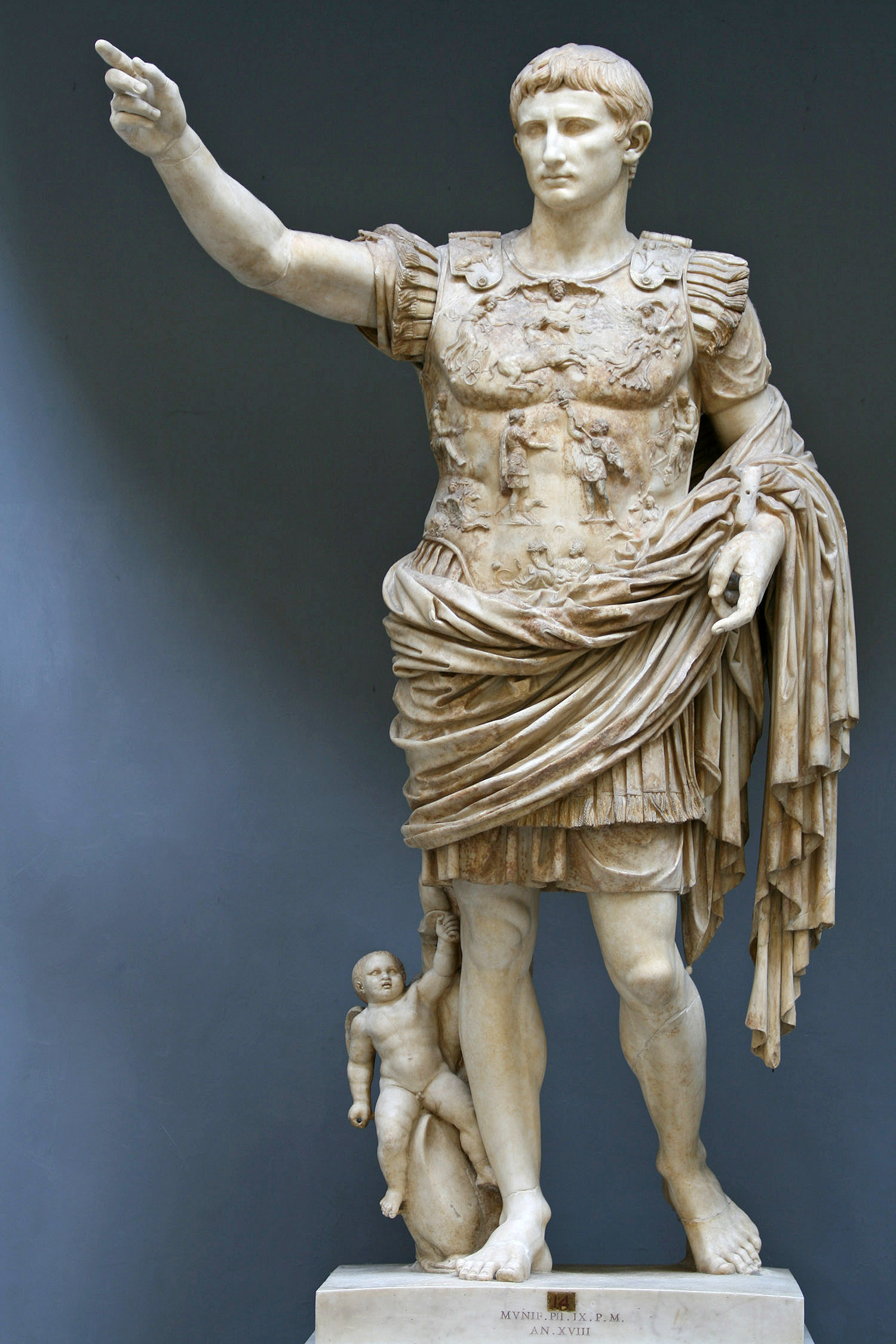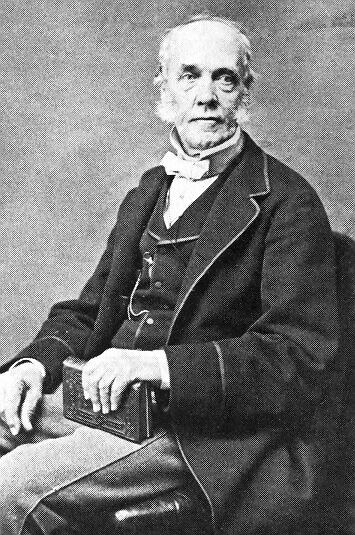|
Ceres Storm
''Ceres Storm'' is a 2000 science fiction novel by American author David Herter. Plot summary In the distant future on a terraformed Mars, Daric discovers that he is a clone of a former Emperor of Earth named Darius. Daric is kidnapped by Kay-Tee agents in an attempt to bring him to earth to open Darius' complex that was sealed long ago. He escapes and begins a journey that takes him to an asteroid, Triton and Pluto's moon Charon In Greek mythology, Charon or Kharon (; grc, Χάρων) is a psychopomp, the ferryman of Hades, the Greek underworld. He carries the souls of those who have been given funeral rites across the rivers Acheron and Styx, which separate the wo ....Sallis, James. "BOOKS." Fantasy & Science Fiction 101.2 (Aug. 2001): 43. Notes 2000 novels 2000 science fiction novels Novels set on Mars {{2000s-sf-novel-stub ... [...More Info...] [...Related Items...] OR: [Wikipedia] [Google] [Baidu] |
Science Fiction
Science fiction (sometimes shortened to Sci-Fi or SF) is a genre of speculative fiction which typically deals with imaginative and futuristic concepts such as advanced science and technology, space exploration, time travel, parallel universes, extraterrestrial life, sentient artificial intelligence, cybernetics, certain forms of immortality (like mind uploading), and the singularity. Science fiction predicted several existing inventions, such as the atomic bomb, robots, and borazon, whose names entirely match their fictional predecessors. In addition, science fiction might serve as an outlet to facilitate future scientific and technological innovations. Science fiction can trace its roots to ancient mythology. It is also related to fantasy, horror, and superhero fiction and contains many subgenres. Its exact definition has long been disputed among authors, critics, scholars, and readers. Science fiction, in literature, film, television, and other media, has beco ... [...More Info...] [...Related Items...] OR: [Wikipedia] [Google] [Baidu] |
David Herter
David Herter is an American author. His first novel was ''Ceres Storm'' (2000), which was chosen as one of the top 10 science fiction books of 2000 by Amazon.com, followed by ''Evening's Empire'' in 2002.Sallis, James. "BOOKS." Fantasy & Science Fiction 101.2 (Aug. 2001): 43. ''Ceres Storm'' is a far-future space opera, telling of a boy's quest across a solar system ravaged by a nano-plague. ''Evening's Empire'', set on the Oregon coast, concerns a bereaved opera composer drawn to the small town of Evening, and to mysteries that accord strangely with his current project, an adaptation of ''20,000 Leagues Under the Sea''. Real-life composers figure heavily in Herter's First Republic trilogy (comprising ''On the Overgrown Path'' (2006), ''The Luminous Depths'' (2008) and ''One Who Disappeared''). Set in interbellum Czechoslovakia, the trilogy stars Leoš Janáček, Pavel Haas, Arnold Schoenberg and Igor Stravinsky, as well as the writer Karel Čapek and his artist-brother Josef ... [...More Info...] [...Related Items...] OR: [Wikipedia] [Google] [Baidu] |
Terraforming
Terraforming or terraformation ("Earth-shaping") is the hypothetical process of deliberately modifying the atmosphere, temperature, surface topography or ecology of a planet, moon, or other body to be similar to the environment of Earth to make it habitable for humans to live on. The concept of terraforming developed from both science fiction and actual science. Carl Sagan, an astronomer, proposed the planetary engineering of Venus in 1961, which is considered one of the first accounts of the concept. The term was coined by Jack Williamson in a science-fiction short story ("Collision Orbit") published in 1942 in '' Astounding Science Fiction'', although terraforming in popular culture may predate this work. Even if the environment of a planet could be altered deliberately, the feasibility of creating an unconstrained planetary environment that mimics Earth on another planet has yet to be verified. While Venus, Earth, Mars, and even the Moon have been studied in relation to the ... [...More Info...] [...Related Items...] OR: [Wikipedia] [Google] [Baidu] |
Mars
Mars is the fourth planet from the Sun and the second-smallest planet in the Solar System, only being larger than Mercury (planet), Mercury. In the English language, Mars is named for the Mars (mythology), Roman god of war. Mars is a terrestrial planet with a thin atmosphere (less than 1% that of Earth's), and has a crust primarily composed of elements similar to Earth's crust, as well as a core made of iron and nickel. Mars has surface features such as impact craters, valleys, dunes and polar ice caps. It has two small and irregularly shaped moons, Phobos (moon), Phobos and Deimos (moon), Deimos. Some of the most notable surface features on Mars include Olympus Mons, the largest volcano and List of tallest mountains in the Solar System, highest known mountain in the Solar System and Valles Marineris, one of the largest canyons in the Solar System. The North Polar Basin (Mars), Borealis basin in the Northern Hemisphere covers approximately 40% of the planet and may be a la ... [...More Info...] [...Related Items...] OR: [Wikipedia] [Google] [Baidu] |
Emperor
An emperor (from la, imperator, via fro, empereor) is a monarch, and usually the sovereignty, sovereign ruler of an empire or another type of imperial realm. Empress, the female equivalent, may indicate an emperor's wife (empress consort), mother (empress dowager), or a woman who rules in her own right and name (empress regnant). Emperors are generally recognized to be of the highest monarchic honour, honor and royal and noble ranks, rank, surpassing kings. In Europe, the title of Emperor has been used since the Middle Ages, considered in those times equal or almost equal in dignity to that of Pope due to the latter's position as visible head of the Church and spiritual leader of the Catholic part of Western Europe. The Emperor of Japan is the only currently List of current sovereign monarchs, reigning monarch whose title is translated into English as "Emperor". Both emperors and kings are monarchs or sovereigns, but both emperor and empress are considered the higher monarch ... [...More Info...] [...Related Items...] OR: [Wikipedia] [Google] [Baidu] |
Earth
Earth is the third planet from the Sun and the only astronomical object known to harbor life. While large volumes of water can be found throughout the Solar System, only Earth sustains liquid surface water. About 71% of Earth's surface is made up of the ocean, dwarfing Earth's polar ice, lakes, and rivers. The remaining 29% of Earth's surface is land, consisting of continents and islands. Earth's surface layer is formed of several slowly moving tectonic plates, which interact to produce mountain ranges, volcanoes, and earthquakes. Earth's liquid outer core generates the magnetic field that shapes the magnetosphere of the Earth, deflecting destructive solar winds. The atmosphere of the Earth consists mostly of nitrogen and oxygen. Greenhouse gases in the atmosphere like carbon dioxide (CO2) trap a part of the energy from the Sun close to the surface. Water vapor is widely present in the atmosphere and forms clouds that cover most of the planet. More solar e ... [...More Info...] [...Related Items...] OR: [Wikipedia] [Google] [Baidu] |
Asteroid
An asteroid is a minor planet of the inner Solar System. Sizes and shapes of asteroids vary significantly, ranging from 1-meter rocks to a dwarf planet almost 1000 km in diameter; they are rocky, metallic or icy bodies with no atmosphere. Of the roughly one million known asteroids the greatest number are located between the orbits of Mars and Jupiter, approximately 2 to 4 AU from the Sun, in the main asteroid belt. Asteroids are generally classified to be of three types: C-type, M-type, and S-type. These were named after and are generally identified with carbonaceous, metallic, and silicaceous compositions, respectively. The size of asteroids varies greatly; the largest, Ceres, is almost across and qualifies as a dwarf planet. The total mass of all the asteroids combined is only 3% that of Earth's Moon. The majority of main belt asteroids follow slightly elliptical, stable orbits, revolving in the same direction as the Earth and taking from three to six years to comple ... [...More Info...] [...Related Items...] OR: [Wikipedia] [Google] [Baidu] |
Triton (moon)
Triton is the largest natural satellite of the planet Neptune, and was the first Neptunian moon to be discovered, on October 10, 1846, by English astronomer William Lassell. It is the only large moon in the Solar System with a retrograde orbit, an orbit in the direction opposite to its planet's rotation. Because of its retrograde orbit and composition similar to Pluto, Triton is thought to have been a dwarf planet, captured from the Kuiper belt. At in diameter, it is the seventh-largest moon in the Solar System, the only satellite of Neptune massive enough to be in hydrostatic equilibrium, the second-largest planetary moon in relation to its primary (after Earth's Moon), and larger than Pluto. Triton is one of the few moons in the Solar System known to be geologically active (the others being Jupiter's Io and Europa, and Saturn's Enceladus and Titan). As a consequence, its surface is relatively young, with few obvious impact craters. Intricate cryovolcanic and tectonic te ... [...More Info...] [...Related Items...] OR: [Wikipedia] [Google] [Baidu] |
Pluto
Pluto (minor-planet designation: 134340 Pluto) is a dwarf planet in the Kuiper belt, a ring of trans-Neptunian object, bodies beyond the orbit of Neptune. It is the ninth-largest and tenth-most-massive known object to directly orbit the Sun. It is the largest known trans-Neptunian object by volume, by a small margin, but is slightly less massive than Eris (dwarf planet), Eris. Like other Kuiper belt objects, Pluto is made primarily of ice and rock and is much smaller than the inner planets. Compared to Moon, Earth's moon, Pluto has only one sixth its mass and one third its volume. Pluto has a moderately orbital eccentricity, eccentric and inclined orbit, ranging from from the Sun. Light from the Sun takes 5.5 hours to reach Pluto at its average distance (). Pluto's eccentric orbit periodically brings it closer to the Sun than Neptune, but a stable orbital resonance prevents them from colliding. Pluto has moons of Pluto, five known moons: Charon (moon), Charon, the larg ... [...More Info...] [...Related Items...] OR: [Wikipedia] [Google] [Baidu] |
Charon (moon)
Charon ( or ), known as (134340) Pluto I, is the largest of the five known natural satellites of the dwarf planet Pluto. It has a mean radius of . Charon is the sixth-largest known trans-Neptunian object after Pluto, Eris, Haumea, Makemake and Gonggong. It was discovered in 1978 at the United States Naval Observatory in Washington, D.C., using photographic plates taken at the United States Naval Observatory Flagstaff Station (NOFS). With half the diameter and one eighth the mass of Pluto, Charon is a very large moon in comparison to its parent body. Its gravitational influence is such that the barycenter of the Plutonian system lies outside Pluto, and the two bodies are tidally locked to each other. The reddish-brown cap of the north pole of Charon is composed of tholins, organic macromolecules that may be essential ingredients of life. These tholins were produced from methane, nitrogen and related gases which may have been released by cryovolcanic eruptions on the moon, o ... [...More Info...] [...Related Items...] OR: [Wikipedia] [Google] [Baidu] |




